
On November 19, thousands of Egyptians took to Tahrir Square once
again in what many called a “second” revolution—or even the “real”
revolution. Within a week, the protest had spread to cities across
Egypt, and the iconic square in downtown Cairo had again become a
space of war and protest, as protesters this time called for the end
of military rule, and a final toppling of the junta that ousted
President Hosni Mubarak left behind. Days of clashes between
protesters and Egyptian central security forces left more than 40
people dead and nearly 2,000 wounded, and let activists and analysts
to draw comparisons to Tahrir’s earlier days of fame, when thousands
of Egyptians occupied the square last winter to demand the end of
Mubarak’s rule.
This latest unraveling came as authorities tried to clear the square
in downtown Cairo following a mass protest on Friday. Islamists and
young liberals had gathered to protest a proposed set of
“supraconstitutional” principles that would place the military largely
outside the realm of judicial and parliamentary supervision, as well
as giving the institution wide veto power over the development of the
next government and constitution. But the ensuing clashes only drove
more protesters into the square.
Just days ahead of parliamentary elections on Nov. 28, the occupation of the
square became a lynchpin of debate between Egyptian politicians,
generals, activists and regular citizens on the best way forward for
a nation in turmoil. Ultimately, the junta succeeded in holding the
election—a boost to their credibility as interim rulers—even as some
continued to protest.
Voter turnout far surpassed that of previous sham elections, held
under Mubarak, and lines at polling stations snaked around city blocks
as men and women from across the political and economic spectrum
waited to cast their votes.
Monday’s parliamentary election — the first relatively free,
democratic race in Egypt’s history, and perhaps the biggest bellwether
of a long and turbulent Arab Spring — rang in harsh truths for some, a
tide of satisfaction and new hopes for others. For the majority of
Egyptians, eager to elect a new government that they hope will lift
the country out of post-revolution turmoil, the vote was a tremendous
success. For the liberals, youth, and others who had hoped to usher in
bigger changes through Tahrir Square, the vote signaled that a second
revolution is yet to come.
Abigail Hauslohner is TIME’s Cairo correspondent. Find her on Twitter @ahauslohner.
Yuri Kozyrev is a contract photographer for TIME who has covered the Arab Spring since January.
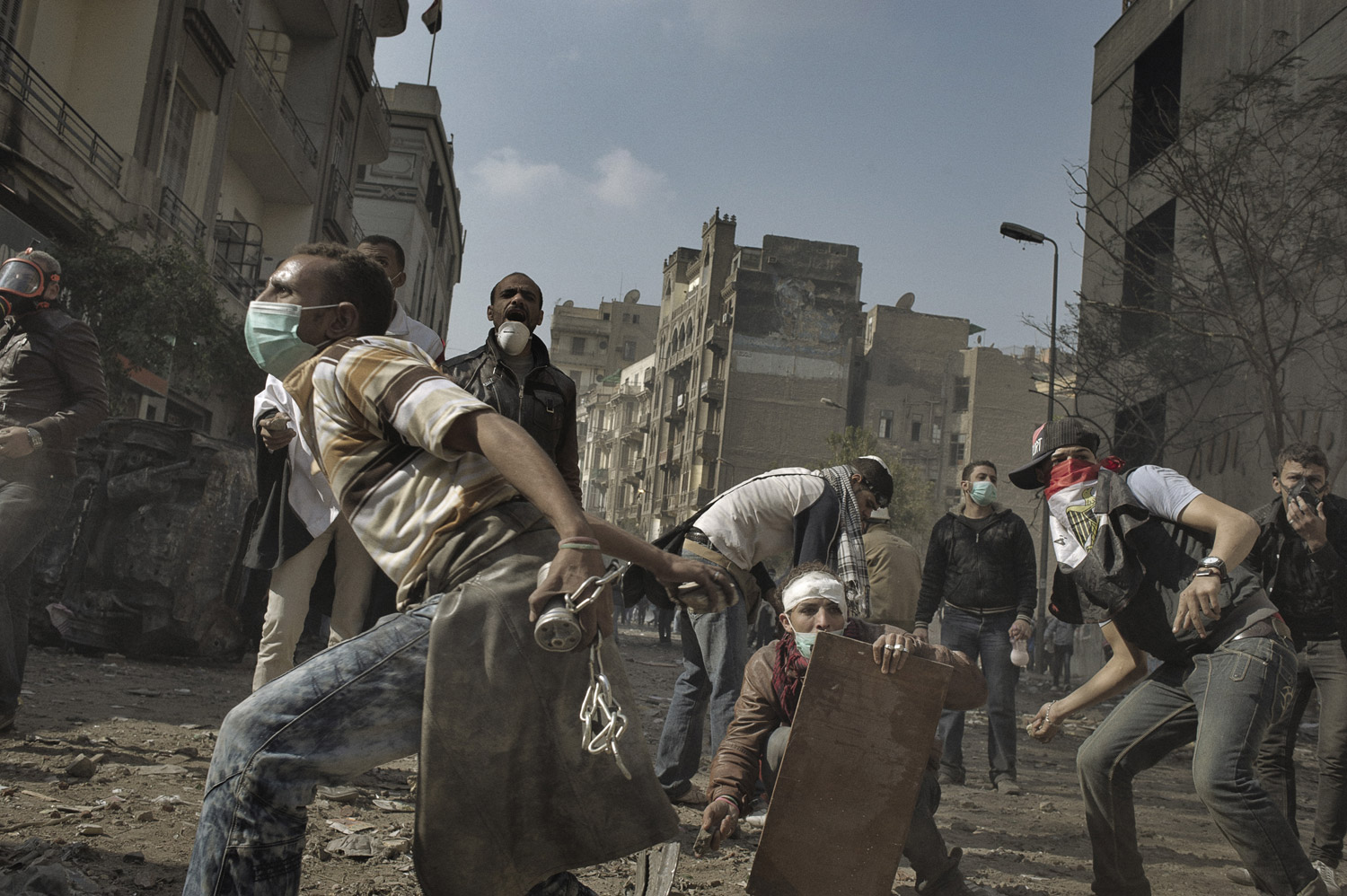
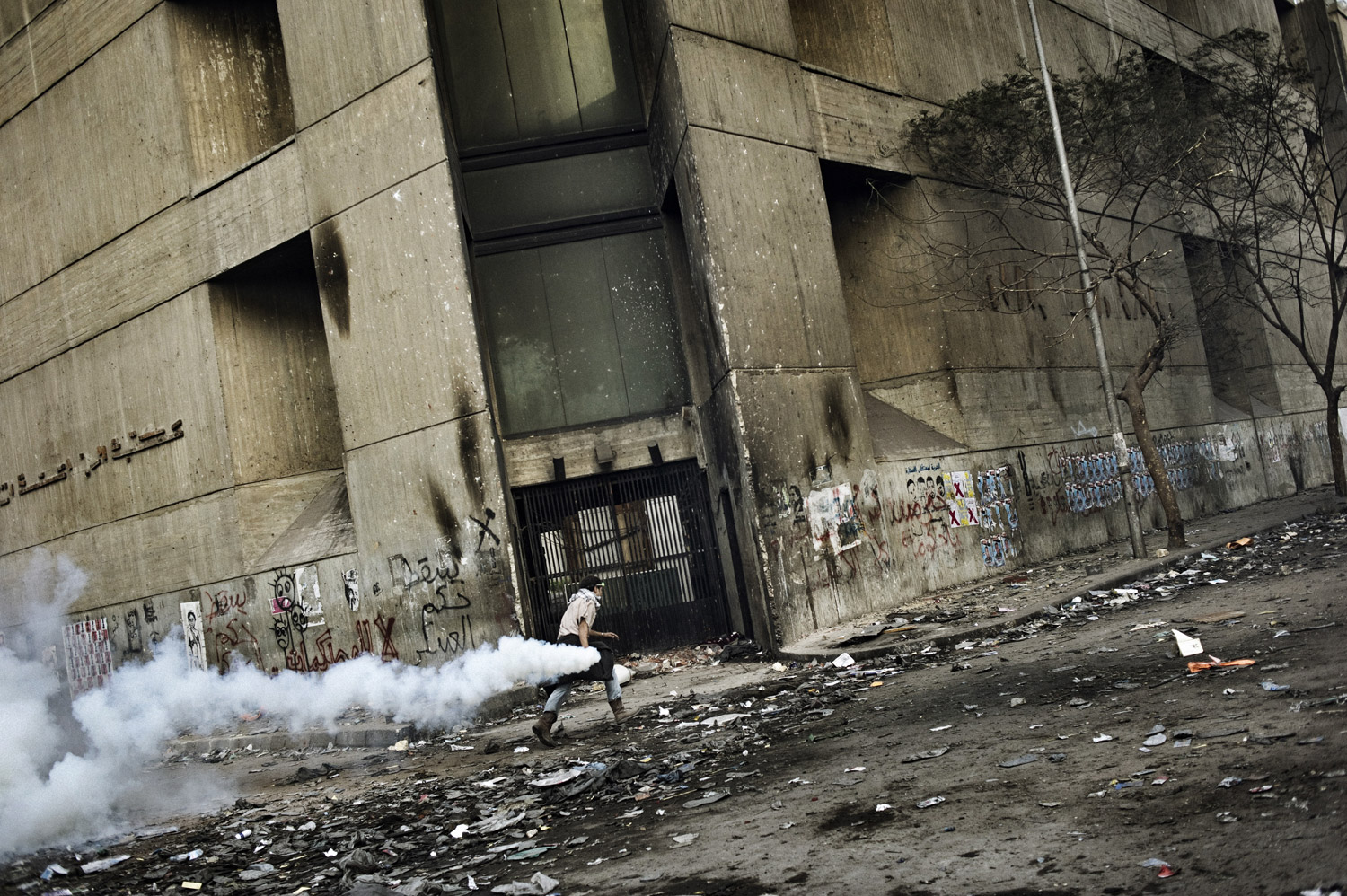
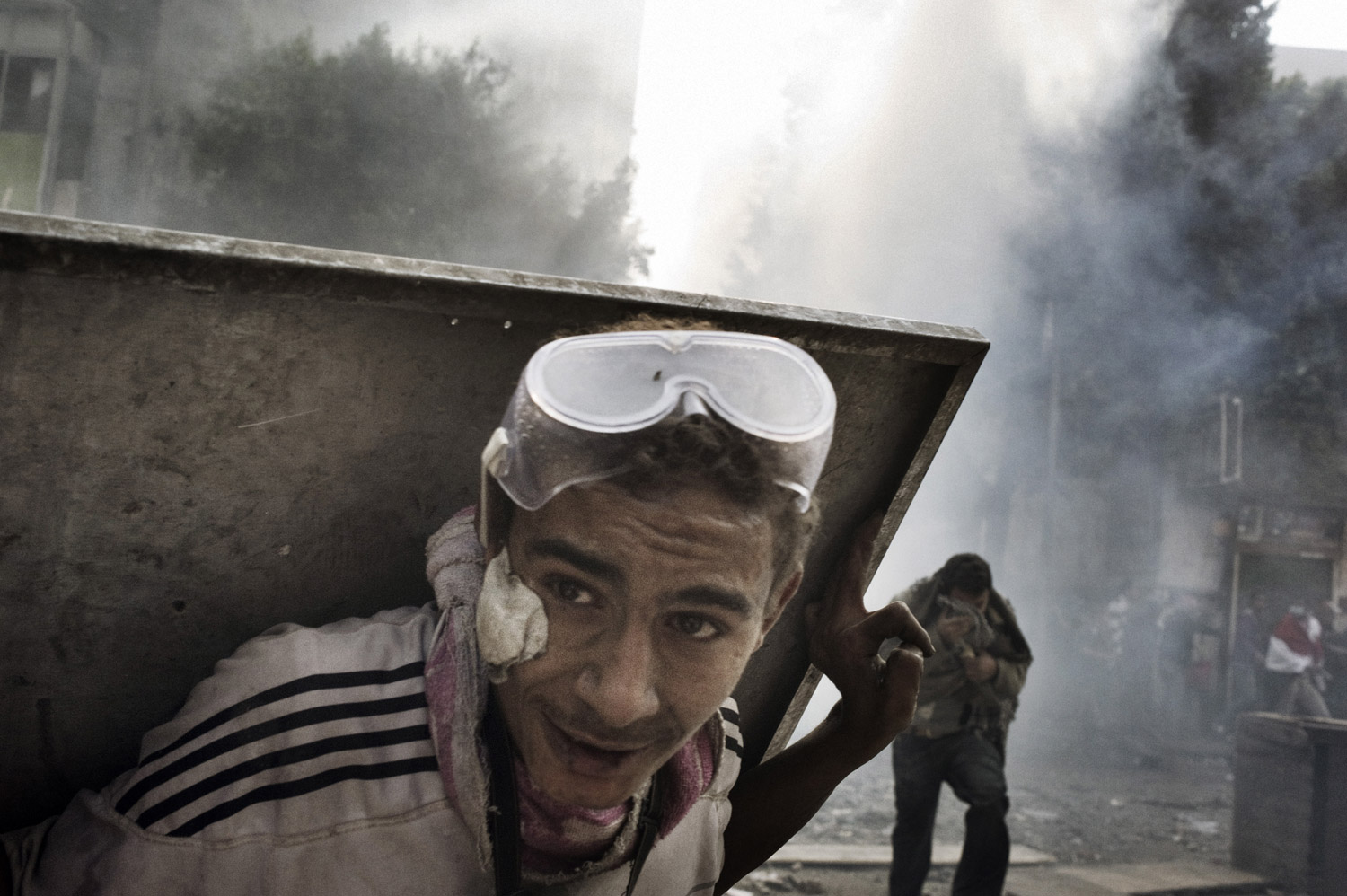



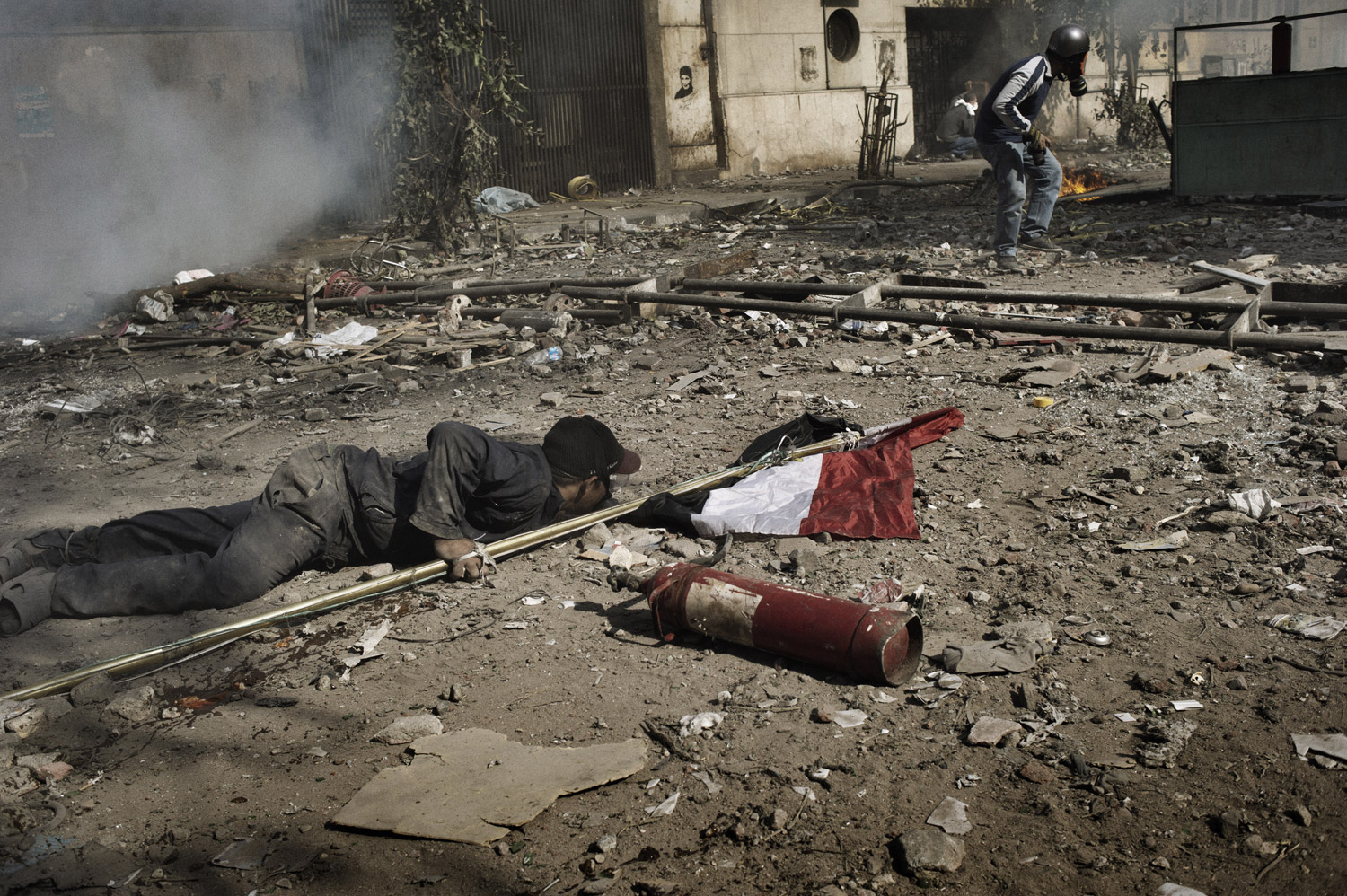

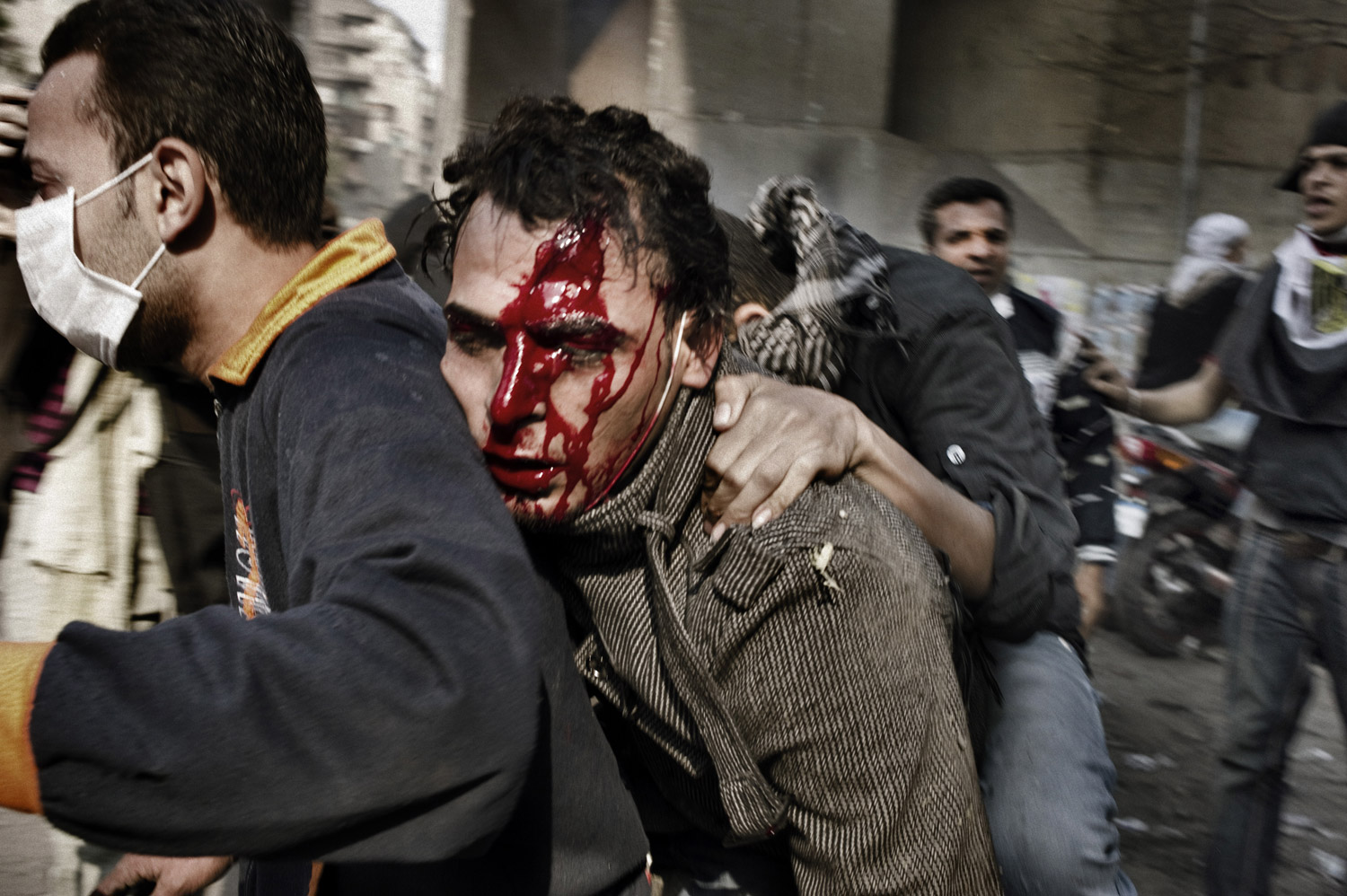
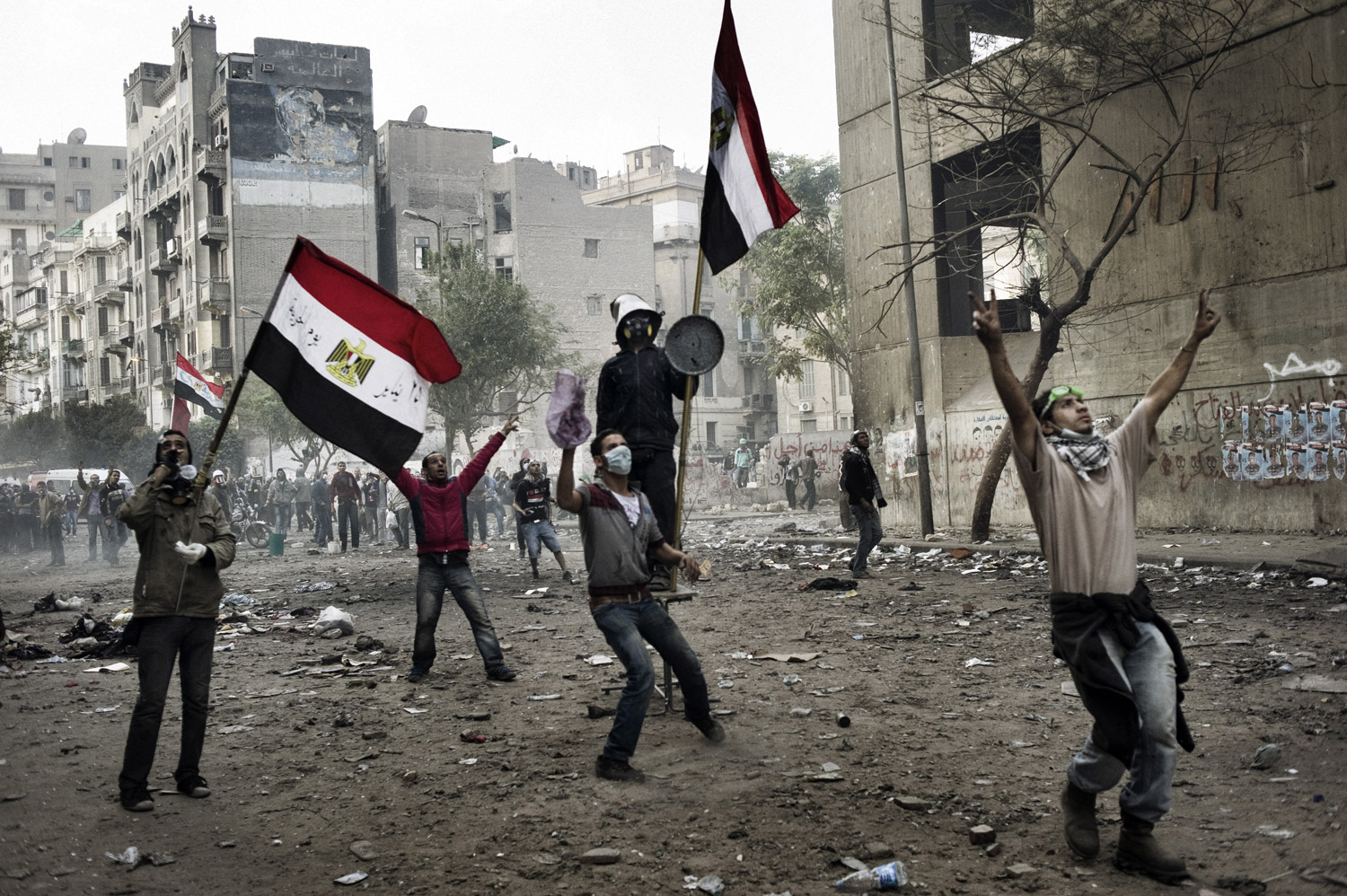
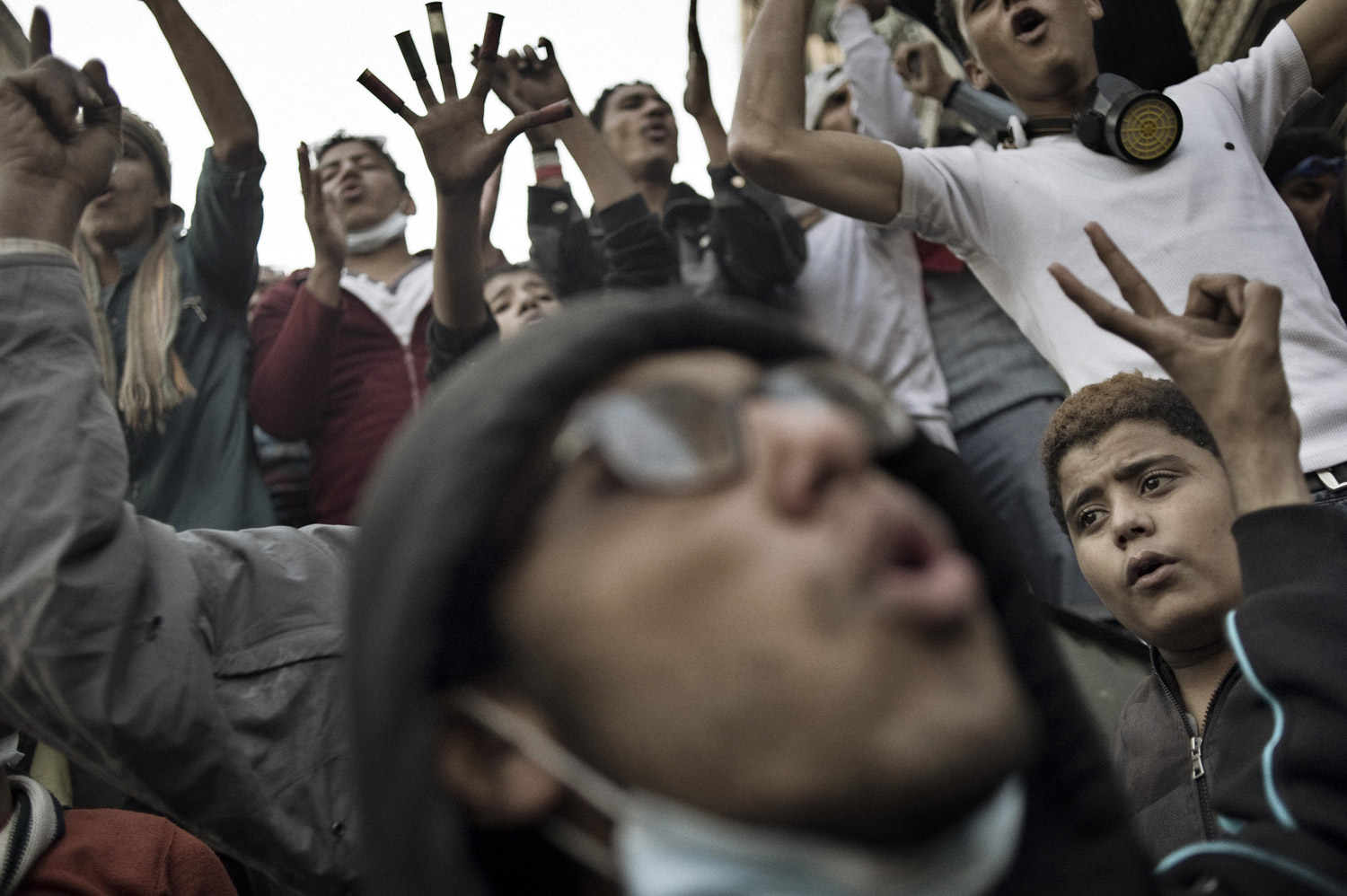

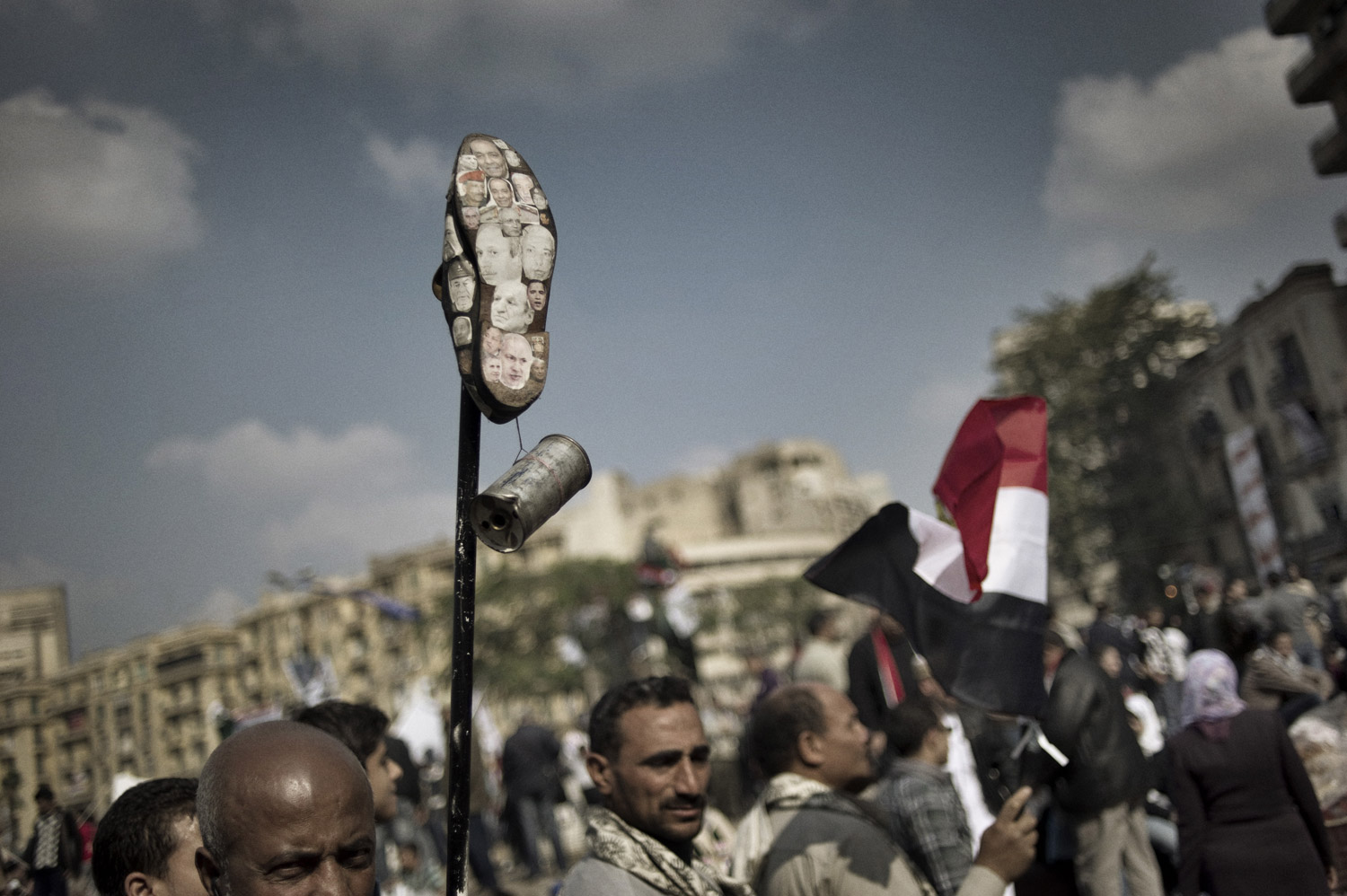





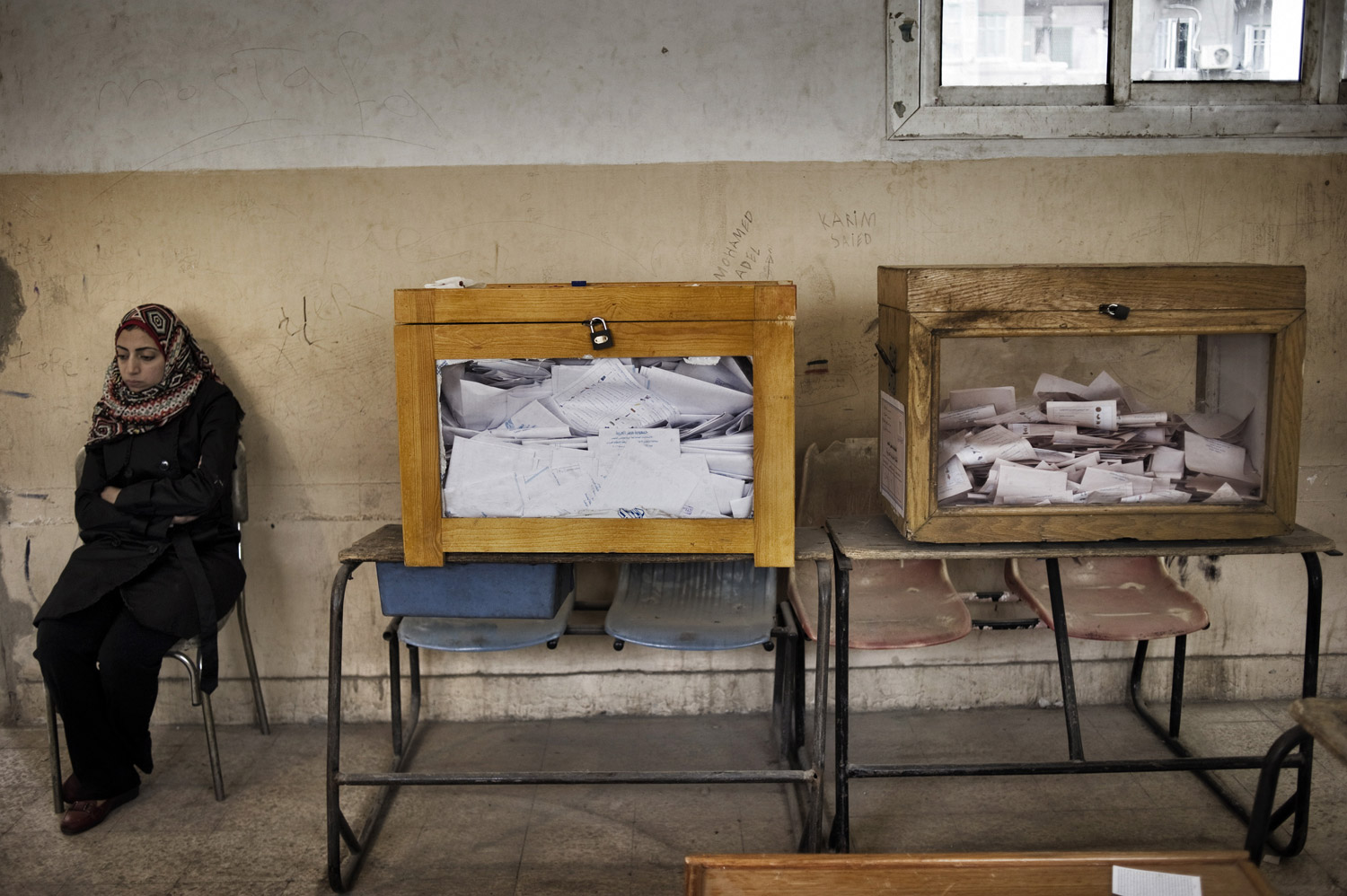
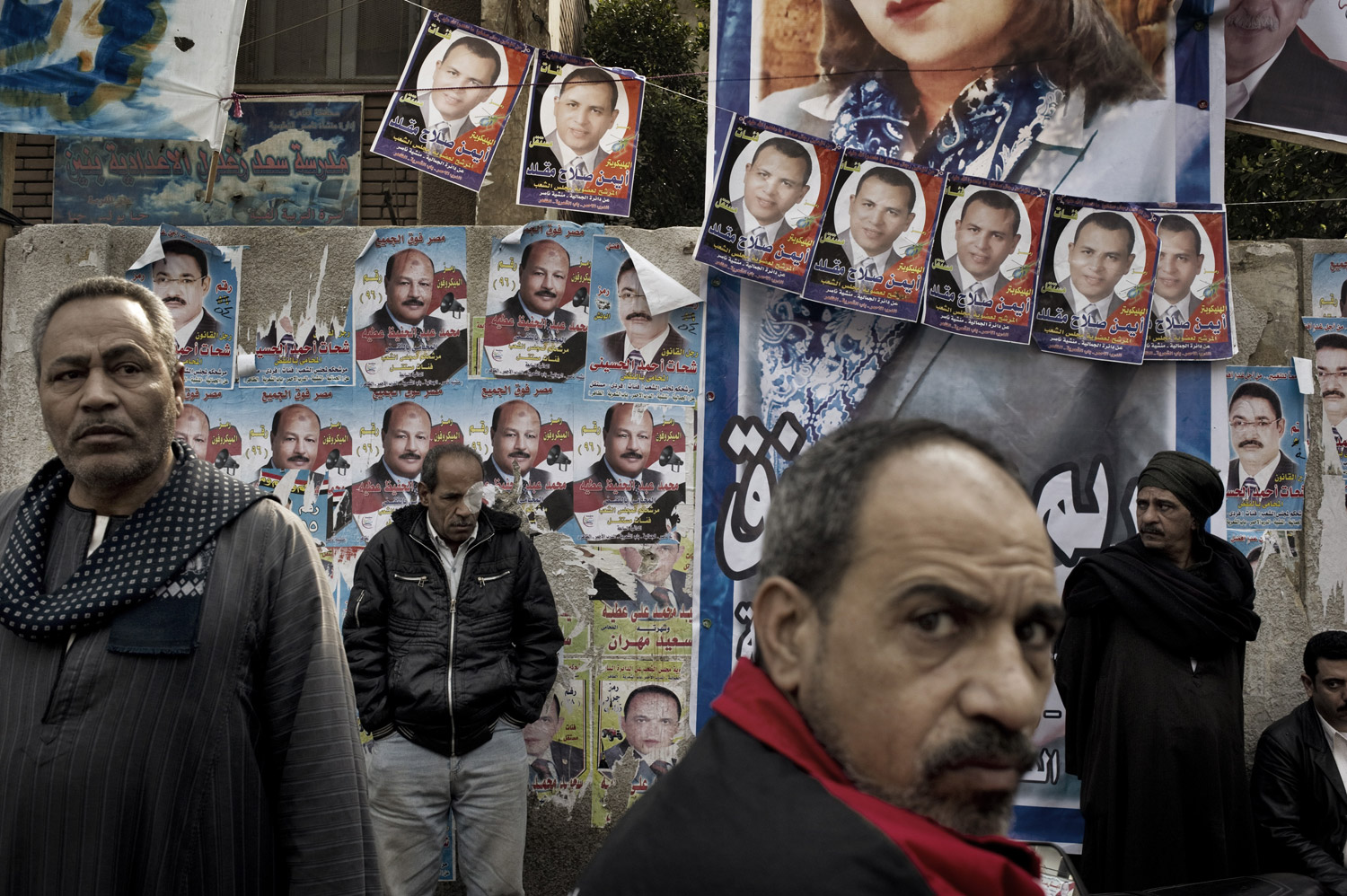
More Must-Reads from TIME
- Donald Trump Is TIME's 2024 Person of the Year
- TIME’s Top 10 Photos of 2024
- Why Gen Z Is Drinking Less
- The Best Movies About Cooking
- Why Is Anxiety Worse at Night?
- A Head-to-Toe Guide to Treating Dry Skin
- Why Street Cats Are Taking Over Urban Neighborhoods
- Column: Jimmy Carter’s Global Legacy Was Moral Clarity
Contact us at letters@time.com